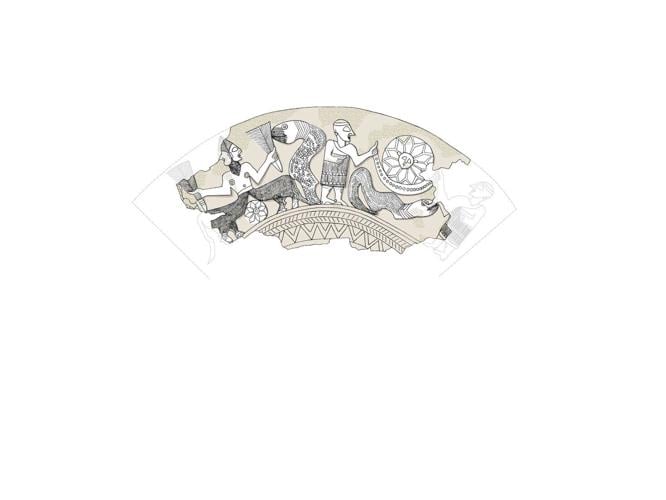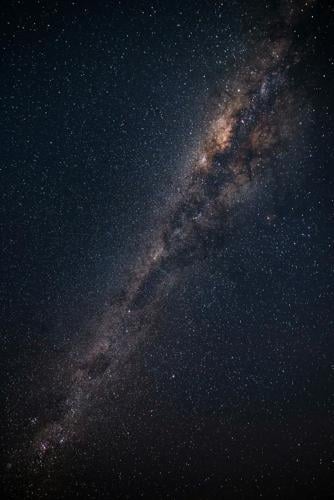
The scene depicts a cosmic order emerging from chaos, with figures like serpents and deities. (Israel Museum, Jerusalem / Florika Weiner via SWNS)
By Stephen Beech
A 4,200-year-old silver goblet is engraved with the world’s earliest image of the cosmos, according to new research.
The drinking vessel, discovered in 1970 at the spring of ËAin Samiya near Kafr Malik in the West Bank, Palestine, has now been identified as the world’s earliest known depiction of the universe.
It predates the Babylonian creation myth Enuma Elish by more than a thousand years, say scientists.
A new study, published in the JEOL – Journal of the Ancient Near Eastern Society “Ex Oriente Lux”, sheds fresh light on one of the most enigmatic artifacts of the Bronze Age.
Measuring just eight centimeters (3.1 inches) in height, the silver goblet bears two repoussé-hammered relief scenes filled with snakes, chimeras, deities, and celestial symbols.
Long considered an enigma of the Intermediate Bronze Age from around 2650BC to 1950 BC), it has finally yielded its meaning.

USGS
The new research challenges earlier views that linked the goblet’s motifs to the Babylonian Enuma Elish, compiled more than a millennium later.
Instead, the team showed that the imagery represents one of the earliest known cosmological depictions, illustrating the transition from primordial chaos to ordered cosmos.
Co-author Daniel Sarlo said: “The goblet does not tell of a violent struggle between gods, but of a peaceful process of cosmic ordering.
“It shows how the sun is born, banishes chaos, and renews the world – a vision of creation that predates the Babylonian myths Enuma Elish by over a thousand years.”
He explained that central to the reinterpretation is the identification of a Celestial Boat – a crescent-shaped vessel carried by two deities.
The symbol represents the divine mechanism that transports the sun and moon across the heavens, according to the researchers.
They argued that the goblet was most likely designed by an Akkadian artist in the 23rd Century BC and produced by a silversmith in northern Syria before reaching the southern Levant, where it was placed in an elite tomb around 2200BC.

(Photo by Philippe Donn via Pexels)
Their case is boosted by the first publication of a previously unknown object, the Lidar Höyük prism from an archaeological site in the Turkish province of Åanlıurfa, which carries related cosmological imagery.
Together, the researchers say that the two artifacts show that systematic cosmological thought and visual expression of the ordering of the universe out of chaos were already present around 2000BC.
Study senior author Dr. Eberhard Zangger, of The Luwian Studies Foundation, said: “The symbol at the heart of our interpretation first appeared 11,600 years ago at Göbekli Tepe.
“Nearby, at Lidar Höyük, a cosmological depiction was found that predates and surpasses the Nebra Sky Disk in precision.
"The key to understanding the silver goblet came from the Hittite rock sanctuary at Yazılıkaya."
He added: "Together, these discoveries show that Anatolia was the pivotal bridge between the iconography of Mesopotamia and southeastern Europe.”

























(0) comments
Welcome to the discussion.
Log In
Keep it Clean. Please avoid obscene, vulgar, lewd, racist or sexually-oriented language.
PLEASE TURN OFF YOUR CAPS LOCK.
Don't Threaten. Threats of harming another person will not be tolerated.
Be Truthful. Don't knowingly lie about anyone or anything.
Be Nice. No racism, sexism or any sort of -ism that is degrading to another person.
Be Proactive. Use the 'Report' link on each comment to let us know of abusive posts.
Share with Us. We'd love to hear eyewitness accounts, the history behind an article.